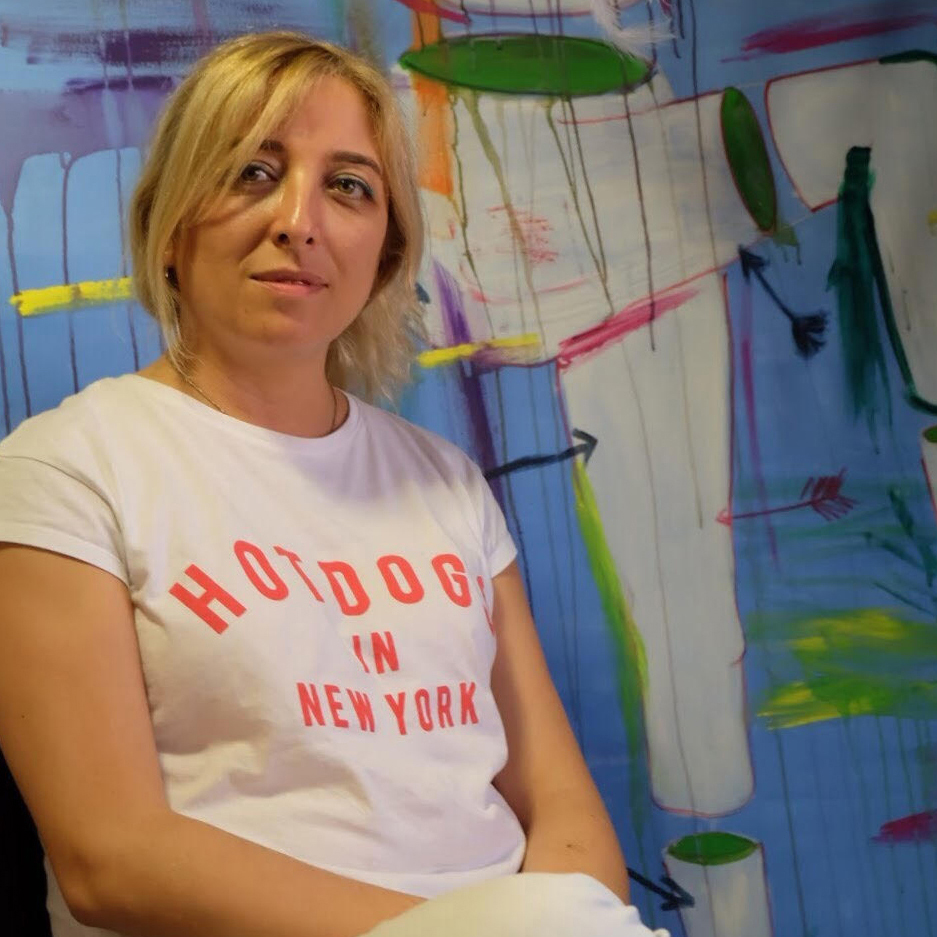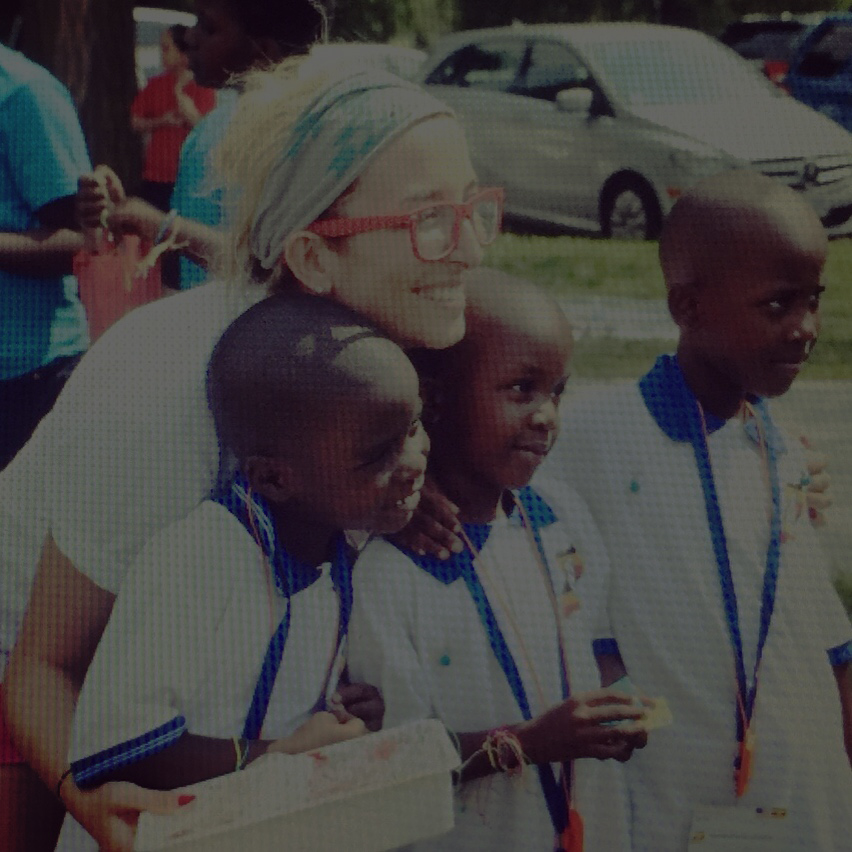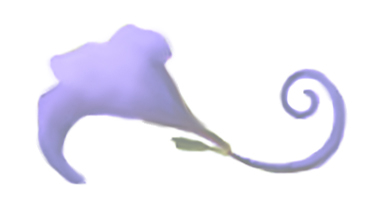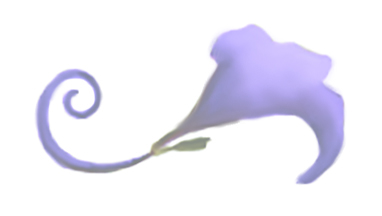
Asli Kinsizer

She has been an art teacher, and a designer in Istanbul, Turkey for over 20 years. She graduated from her second master’s degree, in Graphic Design and Digital Media in May, 2019.
In SUNY Oswego, Kinsizer received 1st place award with her research in the 3 Minute Faculty competition, and two times, the Aulus W. Saunders Service Award. Recently Kinsizer' s work has been shown and presented at the T.A.G.'s 55th Annual Juried Exhibition, and the Best of SUNY at Albany.
As an artist, I view my role as being ‘one of the exposers of the situation’, providing a voice for the oppressed, and offering an alternative that inspires change. Through my Strong Women (an ongoing project) exhibition, I want to remind people of women who realized the power within themselves to create change, amplifying their voices through the utilization of visual art, striving to be a universal language. Kinsizer's Strong Women Projects has been shown in Washington DC, Rochester, and, New York.
She teaches design classes at SUNY Oswego, as an adjunct professor.
My Teaching Philosophy










My Teaching Philosophy
“Design is the method of putting form and content together. Design, just as Art, has multiple definitions; there is no single definition. Design can be Art. Design can be aesthetics. Design is so simple, that's why it is so complicated.” — Paul Rand
Teaching Art and Design is my life and always has been. I have been told from very early that I am a "born teacher," but this is not the case. If anything, I was born a learner, and along the way, I learned how to teach. My teaching style and techniques are evolving as I learn through professional development by studying my peers and following new technological developments in the design field and education. The design should be focused on communicating a message effectively. I do believe it is my responsibility as a designer to keep up-to-date on the latest technology and developments in the field. I actively seek out the latest software, web, and printing solutions. I embrace technology and consider myself a life-long learner. I am continually looking for opportunities to improve my knowledge of design, technology, and teaching pedagogy.
As much as I love to learn, I love the act of teaching even more. I want my students to invest in the learning process, as much as I am invested in the process of teaching. My style of teaching brings enthusiasm, cultural elements, and technology into the classroom to increase student motivation. I teach with a contagious smile and an open personality that helps me to interact with my students as I guide them through their learning process.
Educating young designers about the principal functions of design stimulates their success as visual problem-solvers. I believe a teacher can help students apply critical analysis in the future and be the driving force behind new and appropriate technology.
My objective as a teacher is to motivate my students toward a level of independence where they develop a desire to learn and think for themselves. Being an effective teacher is to understand what knowledge their students already have, and find a way to tap into that knowledge and build upon it every day. I believe that my enthusiastic, cultural-technological approach to teaching art and design techniques enables students to acquire their art skills in a manner that keeps them interested and motivated, and requires their critical thinking of discussion points which makes their learning their own.
I intend in designing my courses' curriculum to meet college-determined standards as well as reflect the appropriate pedagogy based strategies to produce the expected learner outcomes. My focus is on continually improving my courses to support learning outcomes and student performance. The foundation's classroom experience is about the exploration of materials, subjects, and tools. My foundations' curriculum encourages students to investigate how a variety of media can speak differently to a concept and which medium is best to communicate their ideas. The goal of teaching communication through Art is achieved with structured skill-building.
My teaching methodology combines traditional design practices with digital technology placing them in contemporary modules of expression. A comprehensive design project must combine technical aspects with form, function, audience awareness, and aesthetics. Graphic design basics must translate to comprehensive decision-making. I actively encourage experimentation with concepts and materials and aim to improve conceptual, technical, and professional skills.
In my design course, which is the foundational course with students from different academic backgrounds as in marketing, zoology, psychology, theater, and other disciplines, I find it challenging to relate the same concepts to such diversity. During every class, I try to incorporate a combination of demonstrations, simulations, videos, and discussions to engage students with the material. I arrange open studio hours after class or weekends to demonstrate some traditional techniques or improve their design process. They find a chance to practice their skills and pursue experimentation for success outside of their course schedules.
My prominent role as an art educator in terms of social aspects is to create a learning environment that addresses the needs of a diverse population and provides students an atmosphere in which creative thinking is encouraged and developed. People are different, students learn differently, and all have different personal experiences, abilities, and centers of perception. Finding and making personal connections with a diverse population of learners is something I develop through collaboration with students, educators, community, as well as my own personal reflection and professional development. I have had previous experiences in my 23 years of teaching that involved me with different student bodies of top private schools in metropolitan cities and public schools in rural and financially underdeveloped areas. In these two very different educational environments, I faced a variety of students who not only differed from each other financially and in terms of backgrounds, but also ethnically, racially and religiously. However, much the difference had been in either condition I had taught in, I always made it my priority to embrace these differences and provide the students an opportunity to focus on their art and academic development.
I have also had the privilege and the beneficial experience of working internationally. Whether it was workshops in Stockholm, Sweden or serving as representative and judge for international art contests in Washington D.C. and many other places in the USA and Europe or participating in Istanbul, Turkey Biennale along with acceptances from Florence, Italy Biennale. I have an impressive amount of experience with global interconnectedness in Art Education. One of the ways of creating global interconnectedness in Art Education is through the utilization of social media platforms and cultural references. I make frequent use of social and cultural related projects in my courses to encourage critical thinking skills as well. For example, I was a TA in an advanced illustration class last year. My Professor and the ArtsOswego had given me a community project focused on the 'Mandala' for the upcoming social events in Oswego. I was selected for this position by many senior professors and ArtsOswego management due to my experience working with multi-cultural aspects in art and my international background. My duty was to create a mandala to reflect the Great Lake Ontario related to the Oswego community. Also, I had to prepare a lecture and the design processes for the advanced illustration students, which consisted of manygraduate, undergraduate seniors and transfer students. I have found that such projects can always encourage students to bring unique perspectives and insights into contemporary problems and stimulate more creative design solutions. I have also found that teaching multicultural art projects allows me to be more creative as well, which is something I find highly motivating for me and in return for the students.
From my experience of teaching both digital and traditional classes, I feel that the issue of artistic ability is just as relevant to digital media as it is to traditional forms. I think that when teaching in the digital context, it is particularly important to focus the attention of my students on the larger picture, the work of art that they are creating, and that any studio program that emphasizes digital media should do the same.
Ultimately, my goal is to introduce students to the vastness of the design field's influence, expose them to inventive methods and approaches, and to prepare them to approach professional design challenges and opportunities in the future confidently. Critiques are a place for honesty, and I enforce thoughtfulness and tact. Because decision-making is essential to the design process, I encourage students to consider feedback and conventional rules of design carefully, but ultimately to come to conclusions based on self-trust. I believe in both leading critiques and letting students lead reviews, with my role being advisor or motivator.
As an instructor and mentor, I value sustainability greatly. In the artistic area of sustainable design, I encouraged students to consider the environmental impacts of design products (such as printed materials, conceptual design, publications, etc.) throughout a life cycle, and possible techniques, processes, and materials that will help reduce the detrimental environmental, social, and economic impact of our designs. As a result, we must be aware of setting up a well-balanced dialogue between the outside (clients' needs) and the inside (the designer) during the creative process.
I continue to practice professionally as a designer. Primary interests in my creative research are the followings: the exploration of social responsibility and global sustainability in graphic design, the use of visual communication to facilitate cultural awareness, and the collaboration between creative professionals.
As I have had mentioned in the beginning, learning is a lifelong process and we all as individuals, no matter our age or background, continue to evolve intellectually and grow in perception and perspective. I currently am pursuing my Strong Women project, which I aim to provide an inspiration and motivation for the under-represented youth. I have had great success with this project, that led me to be noticed by representatives of legendary characters in suffrage movements and pioneers in fields of law and much more along with government officials and many non-profit organizations. I truly believe that one can only be continuously successful if she/he unconditionally loves their profession, and I absolutely am so passionate and in awe of what I do and continue to do every day.
The Atatürk Society of America


